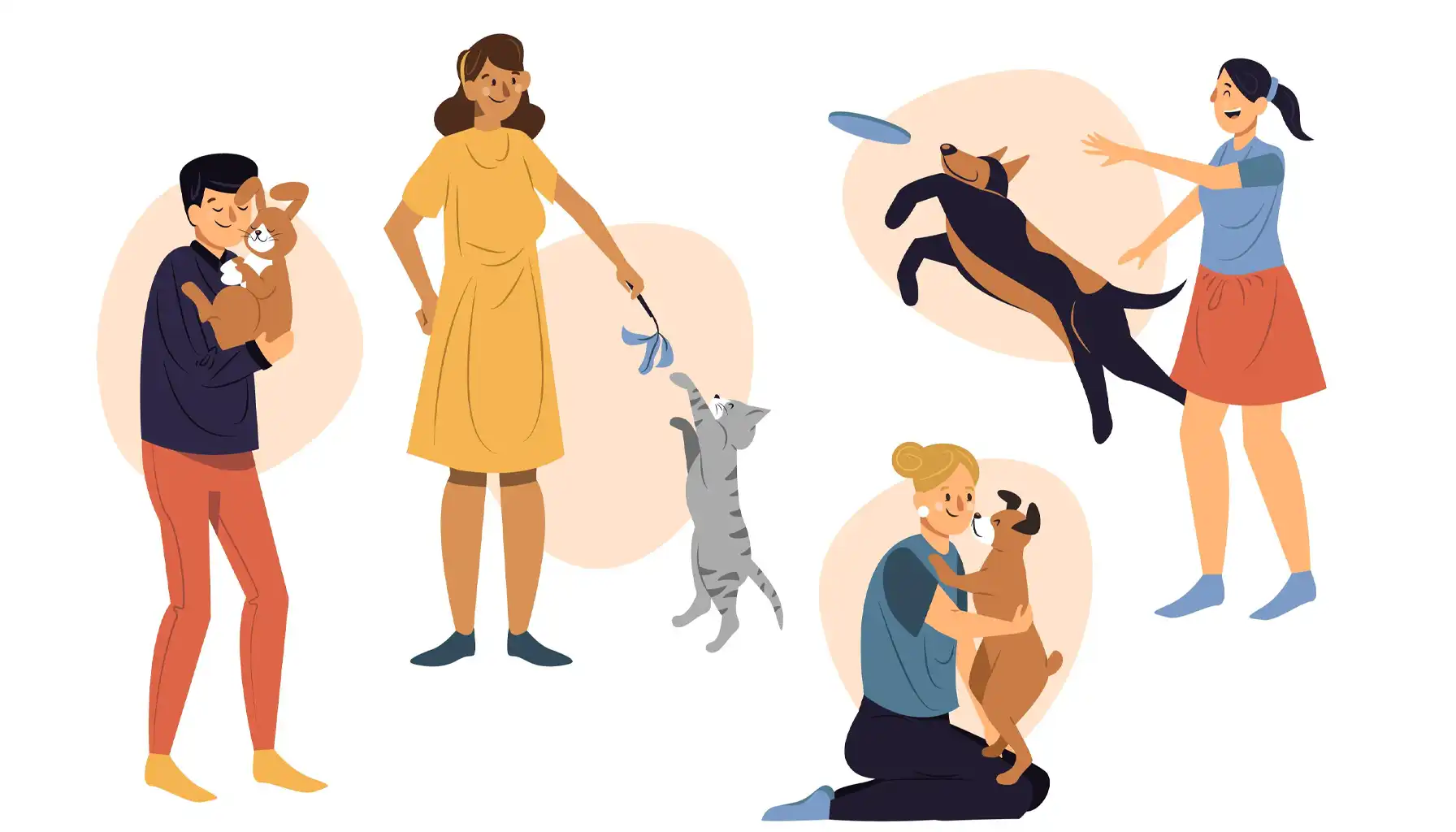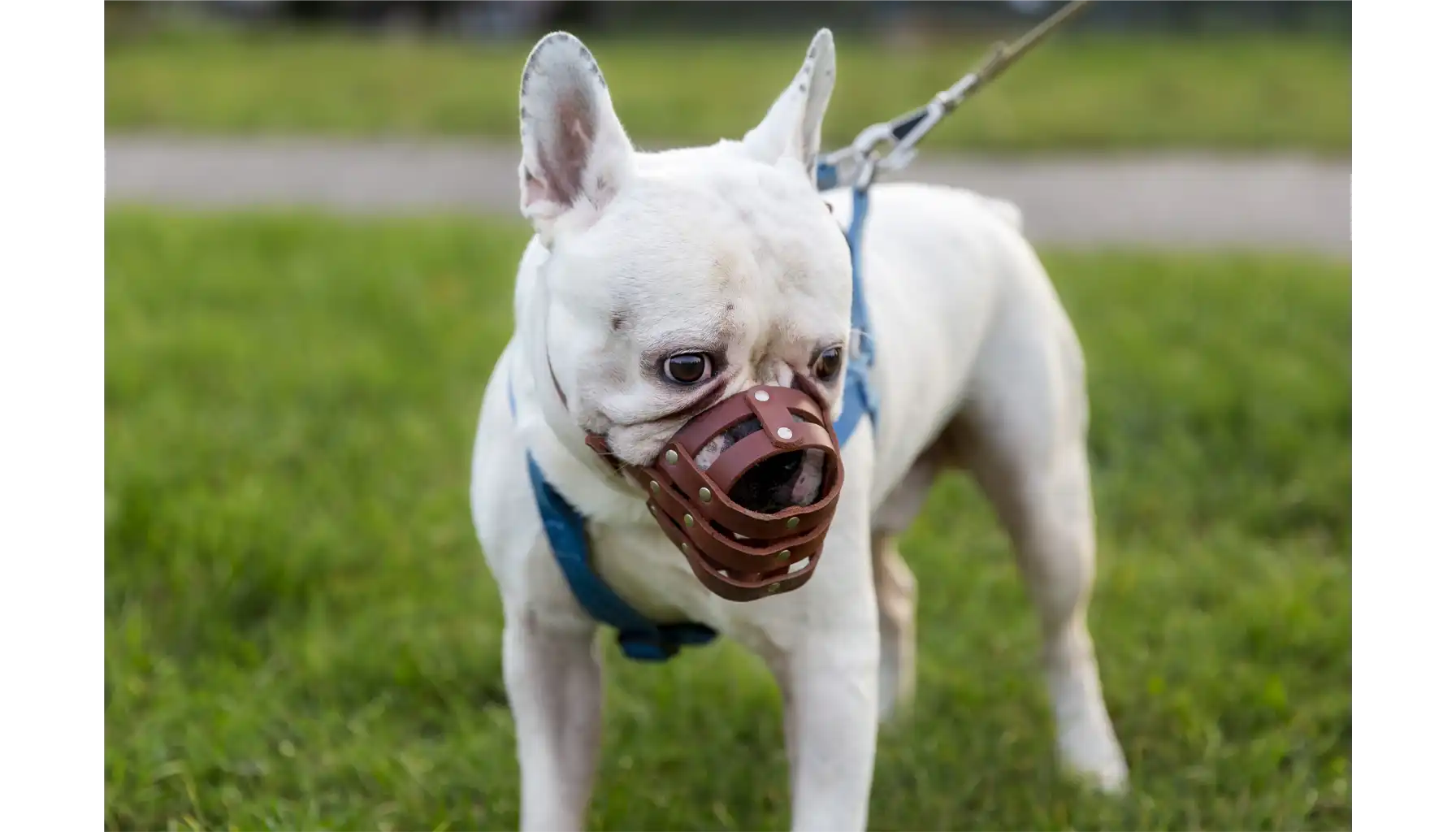Cynophobia: All You Need to Know About the Fear of Dogs

Contents:
Dogs are not our whole life, but they make our lives whole. Sometimes, however, this joy can be overshadowed by an overwhelming fear – the primal fear that any species can pose a threat to a human, no matter how friendly they may actually seem. The birth of a fear of dogs phobia is a serious moment, which, when left unaddressed, can turn into a major problem, aggravating the quality of life for good.
Cynophobia, the term used to describe this type of fear, refers to something more complex and momentous than a simple caution, dislike, or stress. In fact, this is an intense and irrational fear of dogs that can trigger overwhelming anxiety, avoidance behaviors, and even physical reactions like a racing heart or sweating. But what is the real cynophobia meaning? Can cognitive training support overcoming the phobia, and how to cope with it on the spot?

What Is Cynophobia?
What is the fear of dogs called? Generally speaking, cynophobia definition refers to a specific phobia of an animal type, characterized by an immense, uncontrollable fear of dogs and all the related activities. Although one may consider it a psychological deviation only, it actually incorporates various aspects of a person’s response in three main dimensions, which include:
Cognitive-affective: Negative thoughts and feelings of terror when thinking about or seeing a dog.
Motor-behavioral: Avoidant personality disorder, freezing, or attempts to escape from situations involving dogs.
Physiological: Activation of the sympathetic nervous system, producing physical symptoms like increased heart rate, rapid breathing, or nausea.
*Cynophobia etymology: The term cynophobia comes from the Greek words kyōn (meaning “dog”) and phobos (meaning “fear”). Put together, it literally translates to “fear of dogs”, which is quite easy to decipher.

The Main Cynophobia Causes: How Does It Appear?
As a rule, phobias cannot appear on their own – there should be a reason for a fear to develop. According to Isaac M. Marks and M. G. Gelder (Different Ages of Onset in Varieties of Phobia. American Journal of Psychiatry, 1966), cynophobia usually begins in childhood, i.e., around the age of five, when imagination is vivid and experiences are deeply influential. At this stage, any reckless encounter may affect the entire life, with a lasting scar affecting responses and perception as a whole.
Nonetheless, there are a few more factors that may contribute to the development of cynophobia (mostly when in childhood):
Imagination and beliefs: Young children often interpret the world through fantasy. A large barking dog or even a playful jump can be perceived as a real threat.
Observational learning: Youngsters frequently adopt the attitudes of those who are older. If a child sees a caregiver or sibling react with fear to a dog, they may transpose the same response in the end.
Traumatic or hidden memories: A forgotten or repressed incident involving a dog, even if not a life-threatening one, can resurface as unexplained fear later in life.
Genetic and environmental factors: Research suggests that inherited traits and external influences together can increase vulnerability to developing phobias, though cynophobia is not linked to common physical health markers (=symptoms) like blood pressure or heart rate.
Over time, these aspects may merge into a full-scale phobia, where dogs are no longer seen as friends but dangerous enemies, regardless of their actual behavior and intent. Such a sad situation to experience.

Related article: OCD Symptoms in Children: Spotting the Signs and Getting Help Now
Cynophobia Symptoms and How They Manifest
There exist numerous signs of fear in dogs, yet in general, it affects people on multiple levels, thus, differently. Thinking, behavioral patterns, physical condition, etc., are all dependent on the way we feel, and this cannot be ignored by fears and phobias for sure.
Here is what one may experience when in a struggle. Feel free to explore the main symptoms of this condition so as to get ready to learn how to overcome fear of dogs in an instant.
Type of Symptom | How It Appears | Examples |
Emotional | Intense feelings of fear, dread, or panic | Sudden terror when a dog barks (or produces any other sound) Overwhelming anxiety in places where dogs might be present |
Cognitive | Distorted thoughts or beliefs about dogs | Believing in the prejudice that all dogs are dangerous Imagining being attacked even by calm pets |
Behavioral | Avoidance and escape behaviors | Refusing to enter parks Leaving social gatherings with dogs Crossing the street unexpectedly (even in unsafe or inconvenient spots) just to keep distance from a dog |
Physical | Involuntary bodily responses | Sweating Trembling Nausea Dizziness Rapid heartbeat Shortness of breath |
Anticipatory | Anxiety before an actual encounter | Stressing before visiting someone with a dog Eventual nervousness when hearing distant barking |
Social | Impact on relationships and daily interactions | Declining invitations Tension in family life Isolation due to the fact of avoiding places with pets |
Functional | Impairment in daily activities | Choosing longer routes to avoid areas with dogs Difficulty concentrating at work due to a constant fear |
Note: Please do not attempt to diagnose yourself or others. Only psychologists and licensed medical doctors can determine when it is a true phobia and when it is not.
Treatment Options (Medical Examination Needed)
One of the most important questions is how to get over fear of dogs. Well, the route toward healing is always long and intricate, and it should start with a medical examination, conducted by a healthcare specialist (be it a psychologist or a licensed medical doctor) only. Once a professional assessment is done, it is time to delve into treatment options to consider.
Traditional Exposure Therapy
In essence, a traditional exposure therapy presupposes systematic and repeated exposure to dogs while under professional guidance to help patients overcome avoidance behaviors and other malevolent effects. The goal is to reduce fear responses over time through manageable interactions, not shock or sudden, unexpected encounters.
Pros ✔ Well-researched and widely effective for phobias ✔ Can create long-lasting changes in fear responses ✔ Personalized to the patient’s tolerance level | Cons ✖ Requires regular in-person sessions with a therapist ✖ Time-consuming ✖ Can be overwhelming and stressful |
Virtual Reality Exposure Therapy (VRET)
Modern science supposes that virtual reality can help one defeat phobias, especially if simulations are controlled and well-designed. The intensity of such an exposure can be adjusted to match the patient’s tolerance and gradually increased as progress is made.
Pros ✔ Safe and controlled environment for exposure ✔ Accessible without needing constant travel to a clinic ✔ Allows gradual and repeatable exposure scenarios | Cons ✖ May not fully replicate real-life encounters with dogs ✖ Requires VR equipment and technical setup |
Cognitive Behavioral Therapy (CBT)
Here comes the most popular option for those who seek treatment within medical settings. As such, cognitive behavioral therapy focuses on the identification and adaptation of negative thought patterns and behaviors associated with cynophobia. During this process, one should undergo cognitive restructuring with gradual exposure and coping strategies learned.
Pros ✔ Addresses underlying thoughts and beliefs, not just symptoms ✔ Can be done individually or in group settings ✔ Often paired with other treatments for enhanced effectiveness | Cons ✖ Requires active participation and practice outside therapy sessions ✖ Progress may take several weeks or months |
Cognitive Training
Last but not least, there is another efficient solution that cannot be the central part of the treatment but a complementary tool instead (especially when combined with mindfulness meditations).
By tradition, cognitive training is delivered via apps like Mind Elevate that offer structured games and exercises to promote mental progress and let one acquire new, highly needed skills. In general, such apps target memory retention, attention and concentration, logical reasoning, math fluency, and musical perception. This is what Mind Elevate is made for.
Pros ✔ Enhances mental resilience and coping skills ✔ Can be practiced at home at one’s own pace ✔ Offers measurable progress through the system of personal statistics and achievements | Cons ✖ Requires consistent practice and motivation |
For those suffering from cynophobia, facing a dog is never easy. Yet, with therapy, patience, and determination, fear can vanish, and control is to be established in perpetuity.





